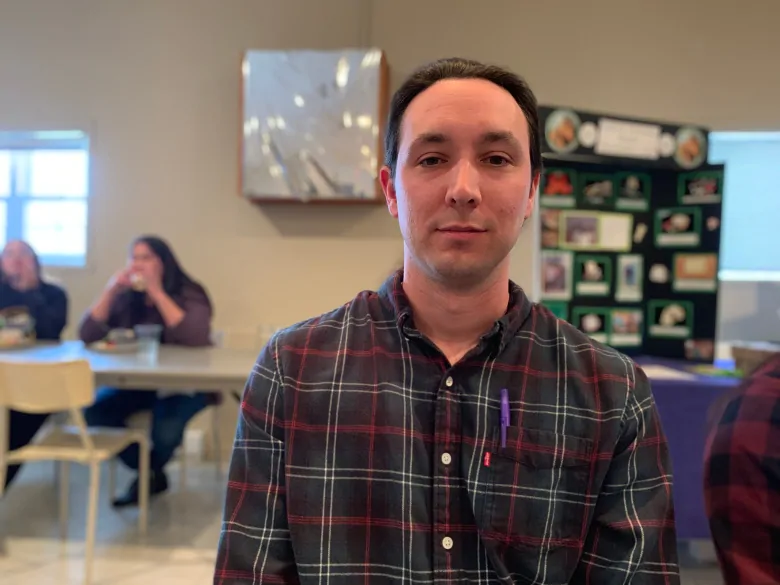Advocates gather to promote Mohawk language as a career asset

For Kanen’tó:kon Hemlock, people in his community of Kahnawake, Que. have to ask themselves how they can be engaged in the revitalization of Kanien’kéha, the Mohawk language, and incorporate it into their jobs.
“It’s not enough just to write our languages down, it’s not enough to just put them in books,” he said.
“You have to put the language on your tongue and start using it.”
That was his message to over six dozen people passionate about Kanien’kéha who gathered in Kahnawake, Que., this week to discuss how the language can be an asset to academic and professional careers.
Hemlock, a teacher and co-chair of the Haudenosaunee External Relations Committee, said people who are dedicating time to learn the language in immersion programs don’t have to go into teaching to use the language in their work life.
“What’s your passion and how can you incorporate the language into that, where it will be a viable place for the language to be alive,” he said.
It was a message that stuck with Wenhni’tiio Gareau, a recent graduate of Kanesatake’s adult immersion program.
Today, Gareau works at the Kanesatake Health Center as its language and culture co-ordinator, and speaking Kanien’kéha is integral to his job.
“You can take the language into whatever you do,” he said.
“Our language is our medicine, it can help you in whatever direction you’re going to go in the future.”
The gathering was organized by Skátne Enionkwaió’ten (We all will work together), a five-year community language plan to increase proficiency.
“It’s sometimes a misconception that there are more speakers at a higher proficiency than there actually are because you hear the language daily in Kahnawake,” said Kanerahtontha Leith Mahkewa, who is co-facilitating the project this year with Kanontienentha Brass.
“We wanted to make sure that those are in language learning, or who might want to be in language learning, know that there are other realms that they can access through employment.”
In addition to Hemlock, the group heard from a curriculum consultant, linguist and historian about how they incorporate the language into their work.
Sandra-Lynn Leclaire, a graduate student in history at McGill University, said she uses language knowledge to analyze early Haudenosaunee language documents written by Jesuit missionaries. That includes finding old words that aren’t used anymore, and assessing historical language changes.
“There are these hidden sources that exist in Kanien’kéha in different archives. Most people in the community don’t have access to them or know how to access them,” she said, mentioning that she’s found sources in archives in Montreal, New York, Oxford, Lisbon, and Rome.
Leclaire said she wants to make these sources available digitally for the community and hopes to recruit others into language and archival work.





